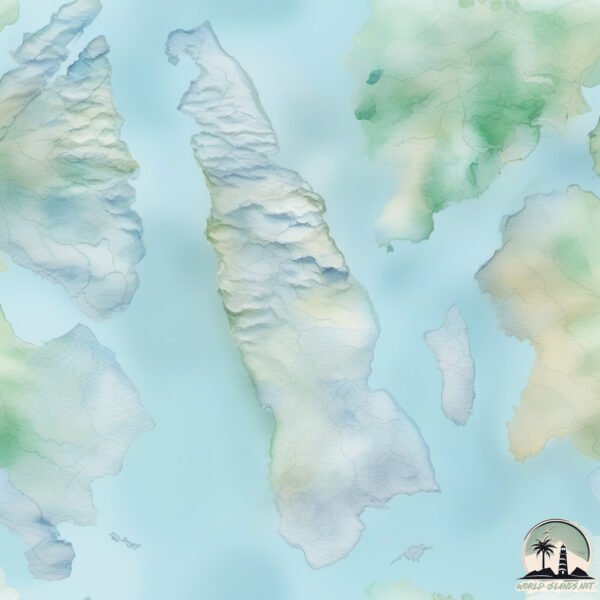Welcome to Esperanza , a Tropical island in the South Pacific Ocean, part of the majestic Pacific Ocean. This guide offers a comprehensive overview of what makes Esperanza unique – from its geography and climate to its population, infrastructure, and beyond. Dive into the details:
Geography and size of Esperanza
Size: 6.524 km²Coastline: 15.1 kmOcean: Pacific OceanSea: South Pacific OceanContinent: South America
Esperanza is a Small Island spanning 6.5 km² with a coastline of 15.1 km.
Archipel: –
Tectonic Plate: North Andes – Located in South America, covering Colombia, Ecuador, and part of Venezuela, it is known for its seismic activity due to interactions with the South American Plate.
The geographic heart of the island is pinpointed at these coordinates:
Climate and weather of Esperanza
Climate Zone: TropicalClimate Details: Tropical Savanna, WetTemperature: Hot
Climate Characteristics: Defined by distinct wet and dry seasons with high temperatures year-round. Pronounced rainfall occurs during the wet season, while the dry season is marked by drought.
Topography and nature of Esperanza
Timezone: UTC-05:00Timezone places: America/New_YorkMax. Elevation: 8 m Mean Elevation: 6 mVegetation: Evergreen Broadleaf ForestTree Coverage: 79%
The mean elevation is 6 m. The highest elevation on the island reaches approximately 8 meters above sea level. The island is characterized by Plains: Flat, low-lying lands characterized by a maximum elevation of up to 200 meters. On islands, plains are typically coastal lowlands or central flat areas.
Dominating Vegetation: Evergreen Broadleaf Forest
Vegetation: 4 vegetation zones – Diverse Island
Infrastructure and Travelling to Esperanza
Does the island have a public airport? no .
Does the island have a major port? no .
The mean population of Esperanza is 1303 per km². Esperanza is Densely Populated. The island belongs to Ecuador .
Continuing your journey, Santa Ana is the next notable island, situated merely km away.
Esperanza Beach Cebu Camotes Islands (Very popular beach in San Francisco) 4K Beach Walk/4K Walking
Please SUBSCRIBE, LIKE, COMMENT & SHARE. Your appreciation makes us work even harder.
Esperanza Beach Cebu Camotes Islands (Very popular beach in San Francisco) 4K Beach Walk/4K Walking
Please SUBSCRIBE, LIKE, COMMENT & SHARE. Your appreciation makes us ...
Please SUBSCRIBE, LIKE, COMMENT & SHARE. Your appreciation makes us work even harder.
SUBSCRIBE ...
CASA ESPERANZA FARMS TOUR with ZSA ZSA PADILLA & DEAR KAREN! | Small Laude
SmallLaude #lucbanquezon #CasaEsperanza Hey guys! Dear Karen and I are ...
SmallLaude #lucbanquezon #CasaEsperanza Hey guys! Dear Karen and I are going an exciting trip to Lucban, Quezon! We're ...
La Manok Island (Manocmanoc Island) - Esperanza Masbate
La Manok Island / Manocmanoc Island - Esperanza Masbate From Carnaza, ...
La Manok Island / Manocmanoc Island - Esperanza Masbate From Carnaza, we sailed for another 30 minutes and arrived at the ...
Ecuador is classified as Developing region: Regions characterized by lower income levels, with economies in the process of industrialization and modernization. The level of income is Upper middle income.
News – Latest Updates and Headlines from Esperanza
Stay informed with the most recent news and important headlines from Esperanza. Here’s a roundup of the latest developments.
Loading...
Please note: The data used here has been primarily extracted from satellite readings. Deviations from exact values may occur, particularly regarding the height of elevations and population density. Land area and coastline measurements refer to average values at mean high tide.

